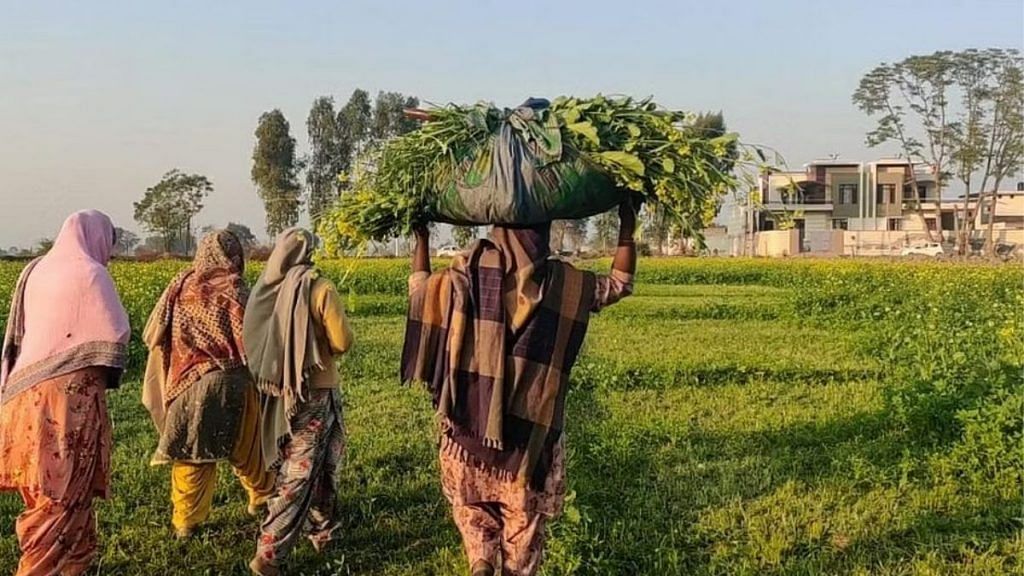Finance Minister Nirmala Sitharaman will present this year’s budget against a continuing global polycrisis – food, fuel and fiscal. Compared with the precarious condition of the global economy, India seems to be in a relatively better position.
A recent World Bank report says that India is expected to be the world’s fastest-growing major economy, with its GDP expected to expand by almost 7 per cent in 2023. There is, however, no room for complacency, as the scales can tip very quickly in the opposite direction. India needs to be especially mindful of food security, given its vulnerability to extreme weather events such as the floods that ravaged Pakistan last year. Technology and innovative finance tools can go a long way in addressing challenges plaguing Indian agriculture.
Also read:
Populist measures will increase problems
Budget 2023-24 is the last full budget of the present government, so economic priorities must be balanced with political imperatives. Agriculture is one area where both converge, therefore, there is an expectation that the budget will significantly increase allocation to the sector. While this is certainly required in the context of rising global food insecurity, populist measures will exacerbate the problems rather than resolve them.
For instance, a review of last year’s budgetary allocation for agriculture-focused initiatives reveals a fragmented landscape with no clear rallying point to increase production in the sector, unlike the production-linked incentive (PLI) scheme for the manufacturing industry, which seems to have been a qualified success. Regarding expenditure on farmer-focused schemes, 75 per cent goes to fund the public distribution system (PDS) and the fertiliser subsidy, followed by PM-Kisan Samman Nidhi (15 per cent), leaving only 10 per cent of the allocation for other schemes. Some of them are also in the nature of inputs rather than incentives.
Also read: Most Indian farmers faced erosion of their real incomes since 2012-13 but survey can’t tell
Improving productivity is key
With the Covid-19 pandemic still fresh in the minds of the public and the policymakers, it is imperative to increase agricultural production to create a buffer for unforeseen calamities. Over the long run, India’s food security will be ensured only if it can improve productivity in agriculture with sustainability as the key guiding principle. The focus on PDS and the lack of incentives for improving productivity paints a harrowing picture.
While the expenditure on PDS can be justified by constitutional mandates, food security arguments and the Covid hangover, what prevents the government from reimagining half of its budgetary expenditure to improve long-term productivity? Especially if it uses the enormous advances in digital technology and precision farming to its advantage?
The good news is that Budget 2022-23 announced the intention to leverage technology to improve productivity. Additionally, there was a proposal to create a blended financing instrument for farmers to take advantage of innovations and inputs. While these are both steps in the right direction, this year’s budget can announce a PLI-type scheme for the agricultural sector, especially for small-holder farmers.
Taking a long-term view, the scheme should be linked to productivity, not production, thereby putting India on a path to resilience and sustainability. Data is a challenge, but with imaginative incentives, metrics, and solutions such as an AgriStack, we can look forward to a new agricultural revolution over the coming decade. This will be India’s contribution to the world, in the spirit of much-needed global cooperation through forums such as the G20, to address the global food security crisis affecting billions globally.
Food security will be a prerequisite for India’s growth story. To signal that it is serious about both its short and long-term goals, the government needs not only additional expenditure but also transformational thinking on the mechanisms and incentives required to achieve these objectives.
Dr Anit Mukherjee is an adjunct fellow at the Center for Strategic and International Studies. His research and policy analysis focuses on financial inclusion, digital economy, and global data governance architecture. Views are personal.
